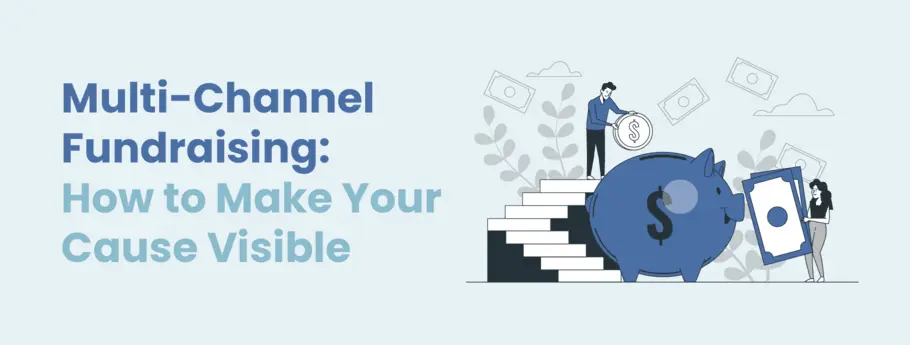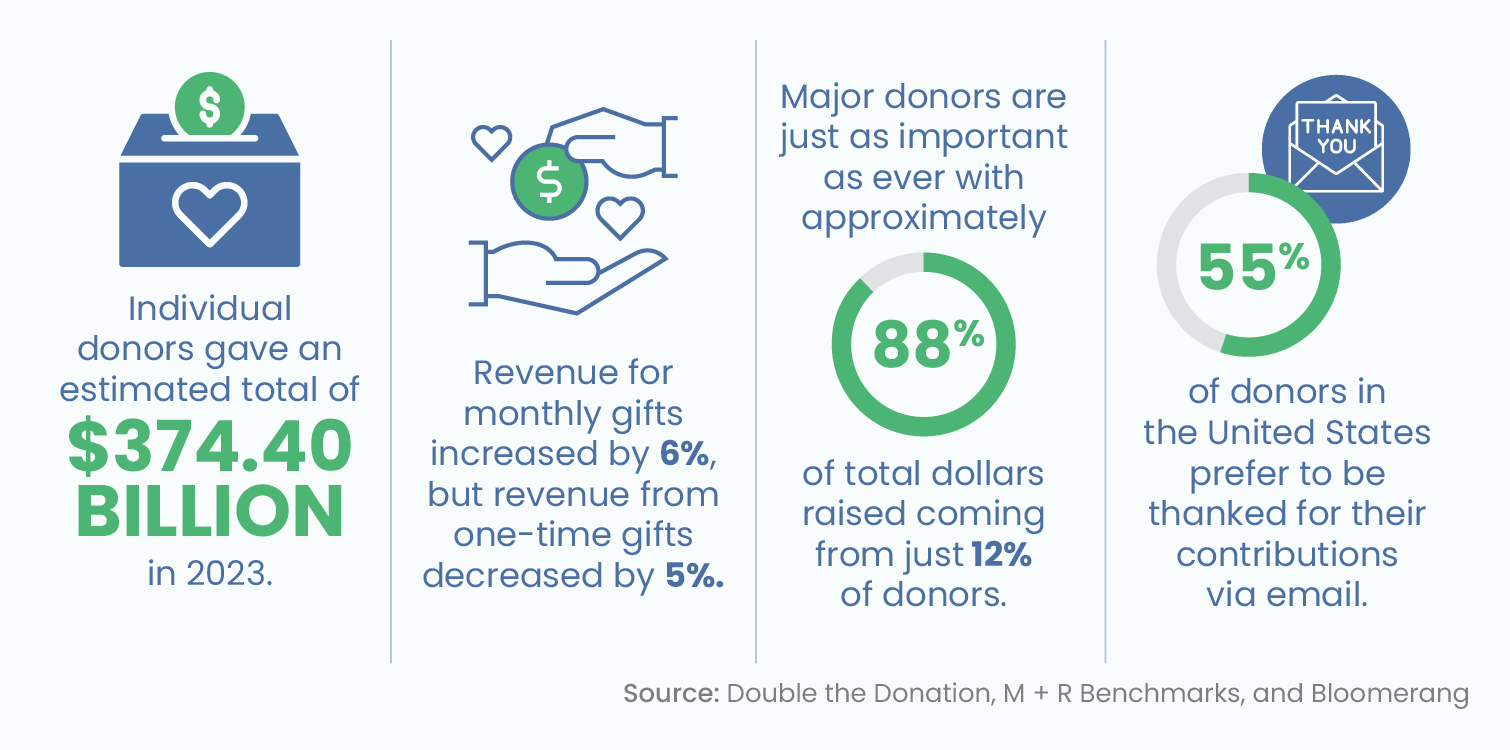The Duty of Area Involvement in Nonprofit Fundraising: Structure Lasting Relationships for Lasting Assistance
Community involvement is significantly recognized as a critical element of effective nonprofit fundraising. By cultivating authentic relationships with local stakeholders, organizations can grow trust fund and loyalty, which are important for lasting assistance. Nonetheless, the strategies and approaches employed to engage areas vary widely, increasing important concerns about efficiency and influence. What are the most effective practices for cultivating these necessary connections, and how can nonprofits gauge their success in this arena? Comprehending these characteristics could substantially influence the future of fundraising efforts and the general goal of nonprofit companies.
Understanding Neighborhood Interaction
Neighborhood engagement is an important element of successful nonprofit fundraising efforts. Nonprofits have to recognize vital stakeholders-- such as area participants, regional companies, and various other companies-- to develop reliable involvement strategies.
Efficient area interaction is asserted on energetic listening and responsiveness to the requirements and rate of interests of the community. This procedure entails obtaining comments, recognizing community dynamics, and making sure that the company's goal aligns with neighborhood top priorities. Engaging the community can take different kinds, consisting of public meetings, volunteer opportunities, and collaboration initiatives, each made to motivate participation and financial investment in the company's goals.
Additionally, area engagement ought to be come close to as a recurring discussion instead of an one-time effort. By cultivating a comprehensive atmosphere where community voices are listened to and valued, nonprofits can develop a solid foundation for future fundraising ventures. Ultimately, a deep understanding of neighborhood involvement empowers companies to produce authentic links that boost their total effectiveness and sustainability.
Benefits of Strong Relationships
Solid relationships created via community involvement return many benefits for nonprofit fundraising efforts. Firstly, these relationships foster trust fund and reliability, essential elements in motivating donors to contribute. When prospective supporters see a not-for-profit actively involved in their area, they are more probable to think in its goal and impact.

Additionally, these connections promote reliable communication. Nonprofits can take advantage of their links to share tales of influence, updates, and needs, ensuring that advocates stay informed and engaged. This open line of communication not only strengthens bonds however also motivates word-of-mouth promo, expanding the nonprofit's reach.
Finally, solid area ties can draw in new companions and sponsors. People and companies are much more likely to line up with companies that demonstrate meaningful community participation, providing additional sources and support that can considerably improve fundraising abilities. Thus, growing durable connections through area involvement is indispensable to a not-for-profit's long-lasting fundraising success.
Methods for Effective Interaction
Exactly how can nonprofits effectively involve their neighborhoods to boost fundraising efforts? Normal updates, involving content, and calls-to-action can galvanize neighborhood passion and involvement.
Second, holding community occasions, such as workshops, volunteer opportunities, or fundraising drives, helps with in person interaction, enabling nonprofits to showcase their effect and initiatives. These events not just raise funds however likewise grow partnerships and allow community members to engage directly with the reason.
Third, executing individualized communication approaches can enhance involvement. Customizing messages to certain donor sectors based on passions and past payments fosters a sense of belonging and financial investment in the organization's objective.
Last but not least, developing partnerships with local businesses and neighborhood leaders can amplify outreach initiatives. Joint campaigns can improve presence and reputation, showing a cumulative commitment to the community's wellness. By incorporating these approaches, nonprofits can construct lasting partnerships that boost fundraising initiatives and drive sustainable assistance.
Measuring Involvement Success
While engaging the area is important for successful not-for-profit fundraising, measuring the efficiency of these interaction initiatives is just as important. Developing clear metrics enables organizations to examine how well they are getting in touch with their audience and attaining their fundraising goals. Key efficiency indicators (KPIs) such as contributor retention prices, volunteer participation levels, and interaction on social media systems supply concrete information for assessment.

On a regular basis evaluating these metrics allows companies to pivot their approaches when necessary, making certain that area involvement remains aligned with their total goal. Additionally, sharing these outcomes with stakeholders fosters transparency and builds trust, encouraging more community participation. Ultimately, a robust measurement structure not only notifies future fundraising campaigns but additionally reinforces the partnership between the not-for-profit and its fans, preparing for lasting success.
Situation Researches in Neighborhood Influence
Various study highlight the profound impact that neighborhood interaction can carry nonprofit fundraising success. One notable example is the "Food for Thought" campaign, where a regional food financial institution partnered with schools and services to host area dinners. These occasions not just elevated funds but also cultivated a sense of belonging among participants, significantly increasing contributor retention rates.
One more engaging case is the "Eco-friendly Spaces Task," which included local residents in the revitalization of urban parks. This effort not only gathered financial assistance from neighborhood services but additionally grew a volunteer base that added to recurring maintenance and programming. The feeling of ownership and satisfaction amongst area members converted into continual payments.
In the realm of arts, the "Art for All" campaign effectively engaged neighborhood artists and patrons to produce collaborative art installments, resulting in boosted exposure and donations for a local arts not-for-profit.
These examples highlight that when nonprofits prioritize community participation, they can produce long-term connections that boost fundraising efforts, making certain lasting support view and cultivating a vibrant community culture. Such situations show that neighborhood interaction is not simply a strategy yet a crucial column of nonprofit success.
Verdict
In verdict, area interaction is integral to the success of not-for-profit fundraising efforts. Eventually, a robust foundation of community support not just intensifies fundraising prospective however likewise cultivates a culture of partnership, vital for achieving long-term organizational objectives and maintaining meaningful impact. fundraising consultant.
Nonprofits must recognize vital stakeholders-- such as area participants, neighborhood businesses, and other organizations-- to develop reliable involvement methods.

In final thought, community Check This Out interaction is important to the success of nonprofit fundraising efforts.